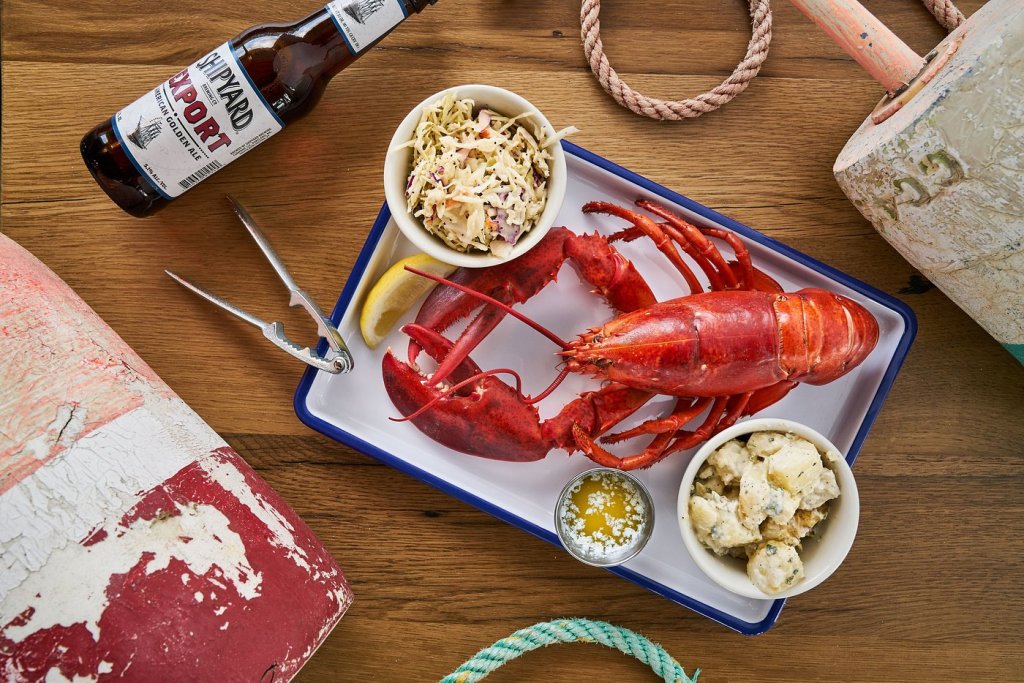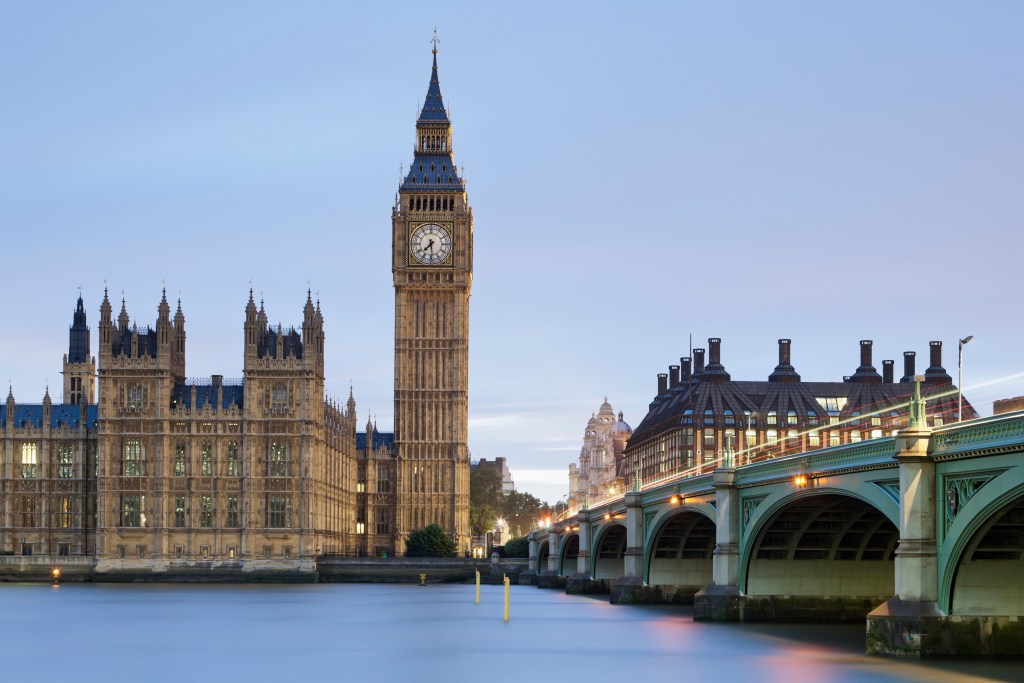Ah, the great debate: which platform should you book your next tour with?
As travelers, we have more options than ever before, which has only muddied the waters, in my opinion. On top of that, it’s tough to gauge which tours are actually high-quality and which ones are ethical, too.
That last note is particularly important. I live in El Born, part of Barcelona’s Ciutat Vella. The Old City is a must-see for tourists and is frequented by tours of all stripes, from haunted histories to wine tastings to historical explorations.
But when tour guides drag groups of more than ten through the city’s tiny neighborhoods, it makes the area unlivable. It also creates a more stressful experience for tourists. A lose-lose, in other words.
While going on tours is a top-notch way to get to know a city, from its culture to its history to its language, you need to be choosy about booking tours.
I’m taking a closer look at five of the most trusted platforms out there, focusing on which type of tours they excel in and what types of travelers would do best with each. As always, feel free to mix and match tours from various companies.
Best platforms for booking tours: shortcut
- Airbnb: Best for influencers
- TripAdvisor: Great for cultural excursions
- Viator: Best for long tours and day trips
- GetYourGuide: Perfect for major attractions
- Toursbylocals: Most ethical pick
Best platforms for booking tours
For the sake of keeping this article applicable to as many people as possible, I’m sticking to global brands. But don’t limit yourself to this list! As we’ll see, partnering with local tour guides is an important part of the equation.
Additionally, don’t feel like you need to book with a single platform. I’ve used every platform listed here with great success.
Airbnb: Best for influencers
Influencers are stirring up the travel world. Regardless of how you feel about that fact, the proof is in the pudding—and the pudding is the number of tours that now focus on photo-worthy sites.
Not only that, but Airbnb guides have also begun to offer tours that are designed for groups to take mini-photo shoots.
If you’ve gone on a larger group tour recently, you might have noticed that some tourists are very invested in their photo shoots. No judgment here—but if you want to spend time nailing the lighting and getting your outfit just right, then stick to Airbnb and its influencer-centric tours.
You won’t hold up the group. In fact, you might even have extra eyes to help you put together the perfect shot.
TripAdvisor: Great for cultural excursions
Tripadvisor owns Viator, which means you’ll find similar types of tours offered on both platforms.
I’ve found TripAdvisor to be a little bit more geared toward cultural excursions. From walking tours to specialty museums to landmark visits, there’s a strong focus on ferrying tourists around the city’s most prominent institutions.
If you’re interested in diving deep into local culture and customs, then TripAdvisor probably has a highly niche tour available. That range is thanks to its longstanding commitment to offering tours.
That being said, make sure you keep a look out for group size—some tours offered on the platform are needlessly large.
Viator: Best for long tours and day trips
As a TripAdvisor subsidiary, the tours on Viator aren’t too different from the type of diverse cultural immersions its parent platform is known for. Still, Viator has some great longer-form tours, including day trips and out-of-city adventures.
In fact, some of its tours and experiences run for multiple days. For example, visitors in Barcelona can book a three-day skiing excursion that takes them to Andorra in the Pyrenees, or even a scuba certification on Costa Brava that runs for a single day.
GetYourGuide: Perfect for major attractions
It’s hard to beat the experience of GetYourGuide. Its tours have been reviewed by tens of thousands of happy visitors—and many have a near five-star rating despite having more than 20,000 reviews.
That’s a hearty stamp of approval if I’ve ever seen one.
GetYourGuide is great for digging a bit deeper into a city’s most popular attractions and historical buildings and monuments.
While you might not wander far off the beaten path, you probably won’t want to. It’s got a long list of tours that are pretty much universally approved by tourists.
Toursbylocals: Most ethical pick
The vast majority of tours in Barcelona aren’t hosted by locals, which is a shame. I’ve had the pleasure of going on one tour with my (local) neighbors, who have a motorcycle and a sidecar.
It was an off-the-cuff tour that took us to unexpected places and taught us a lot about how native Barcelonese see their city.
Here’s my point: While there’s no need to only go on tours from locals, the best platforms for booking tours should offer options give you a more insightful and authoritative look at the place.
Rather than being driven solely by research and limited experience, these guides are able to bake their own lived experience and insights into the equation—which creates a more memorable and meaningful tour experience, in my opinion.
They also know where all those actual hidden gems are located.






